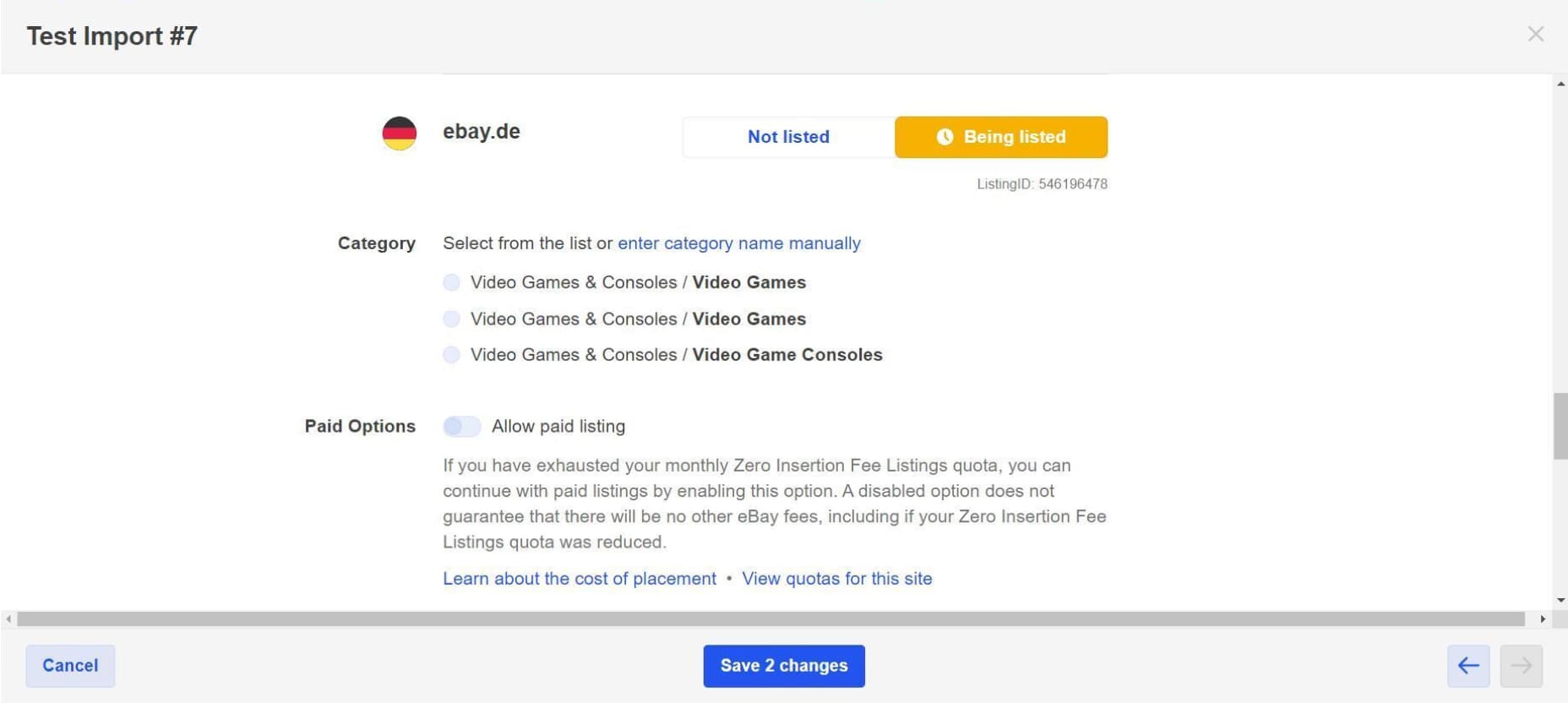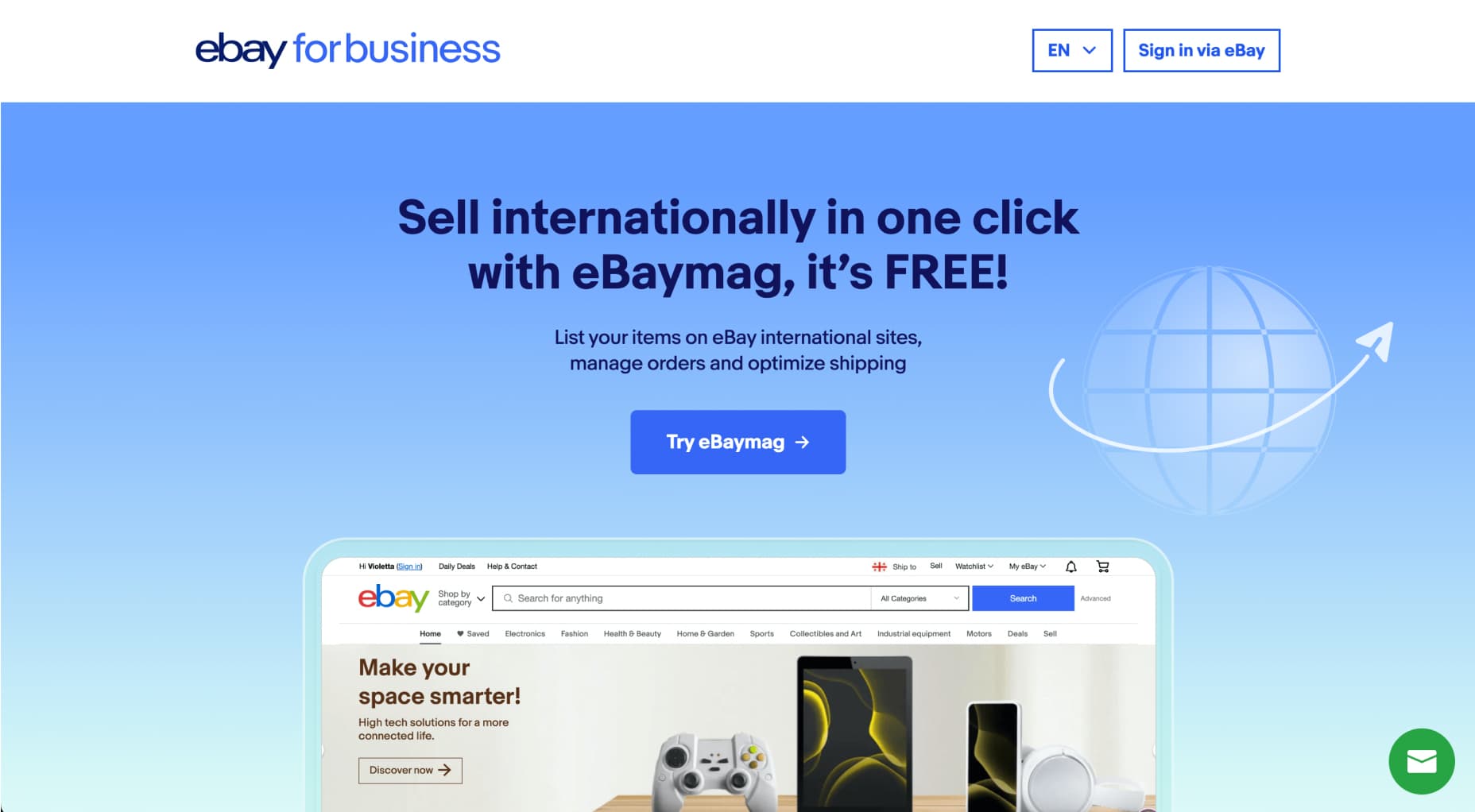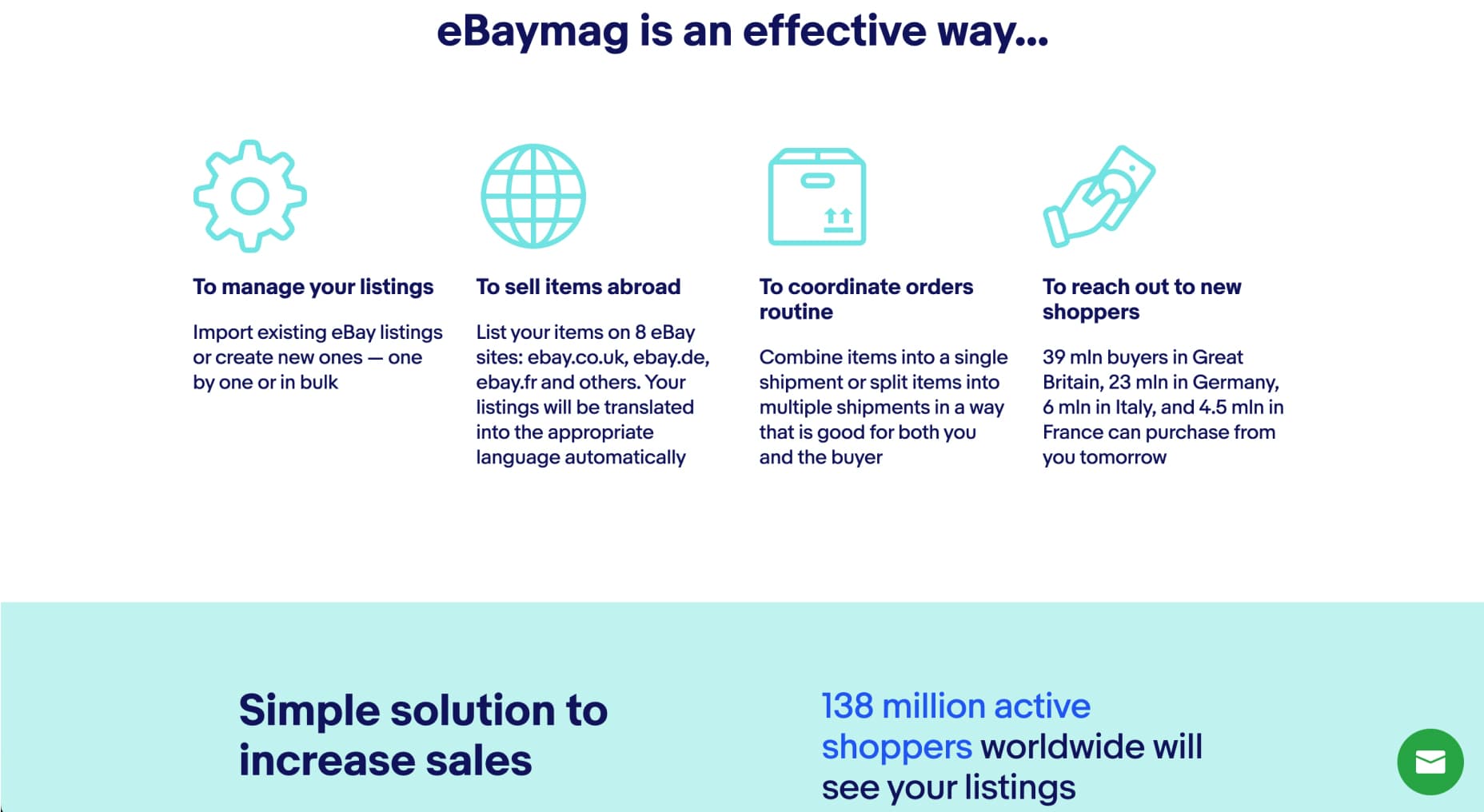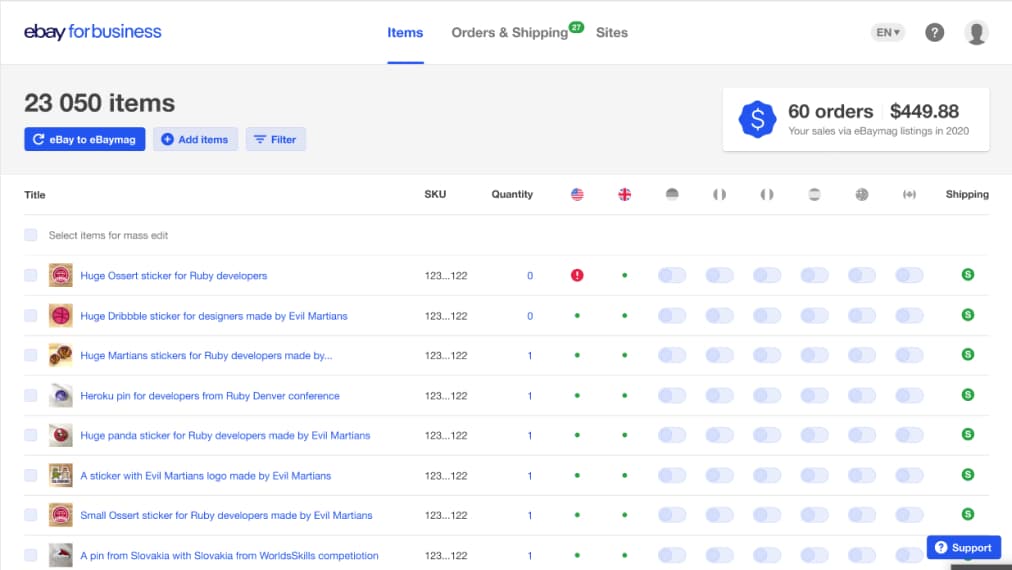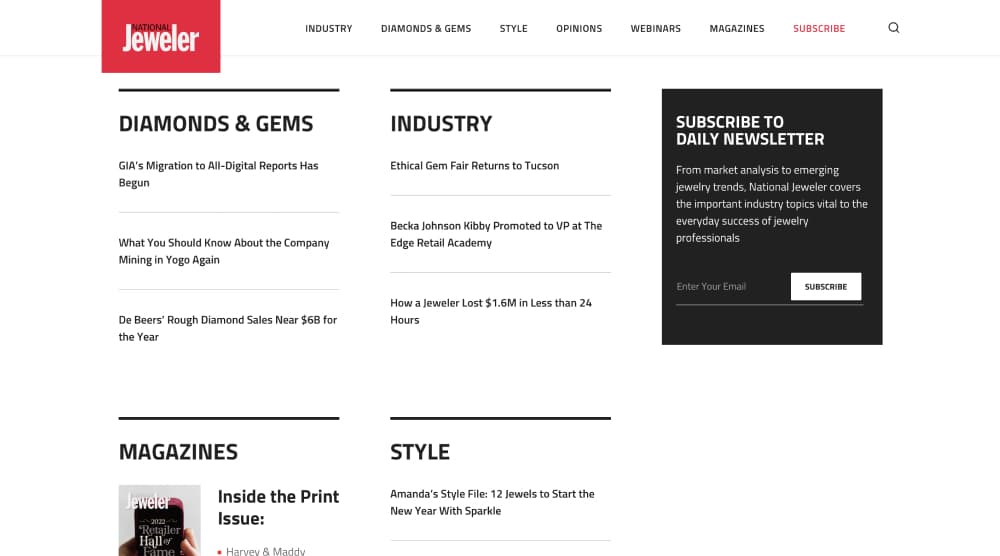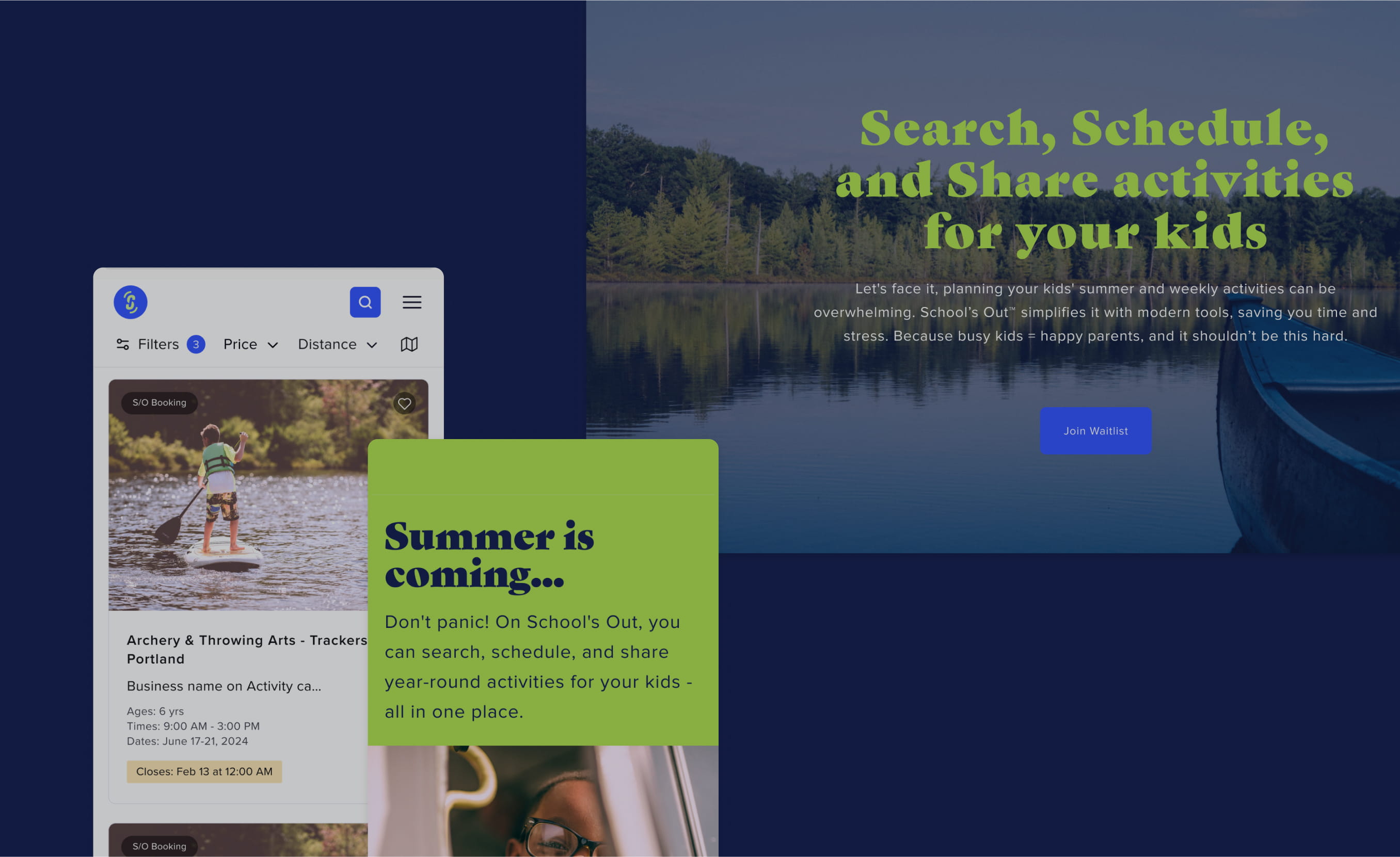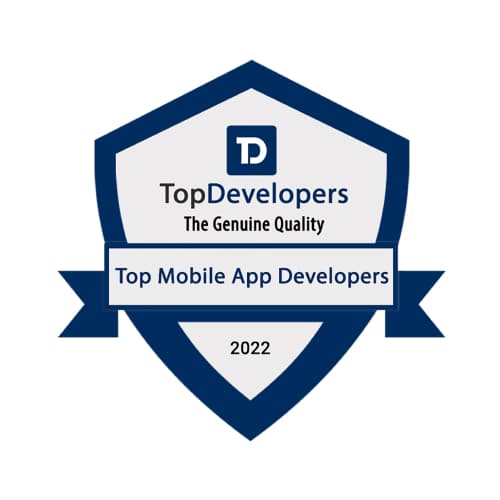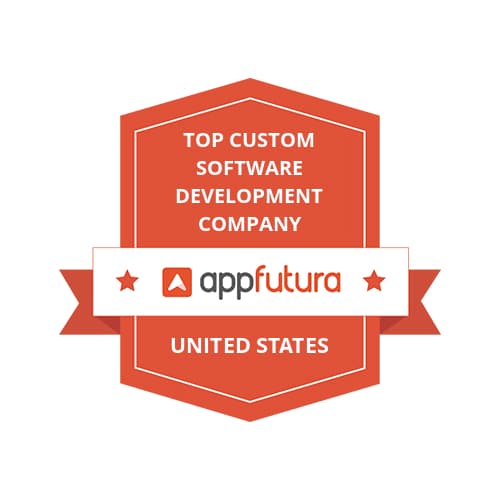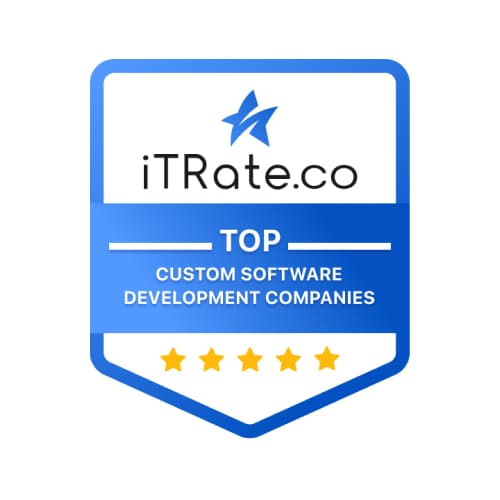Technology Audit and Project Rescue
Strategic, Efficient, Revitalizing
Our expertise
The Technology Audit & Project Rescue is a structured and intensive process lasting 2-4 weeks or more, designed to position your project for success. It begins with an immersive focus session where you’ll collaborate with product experts and experienced startup founders to explore your product vision from a business perspective. From there, we’ll work with you to identify the essential user stories required for your Minimum Viable Product, ensuring that you have all the critical features needed to launch your product and test your key assumptions.
Technology Audit process
We simplify complexity
Scope preparation
At the outset of our engagement with a customer’s project, our initial focus is on the project’s vision. During this phase, we conduct a thorough examination of the idea and create a detailed project brief. This process enables us to collect all the necessary research, including market data, competitor benchmarks, and any other relevant information. By doing so, we can ensure that we have all the information we need before we begin our immersive session together, which will prevent any potential roadblocks due to a lack of information.
Immersive session
After completing our research, we meet with the client to develop a robust value proposition and establish the primary assumptions that need to be validated. Based on this, we create the first version of the user journey through the product. These initial user stories serve as a guide to assess the product’s features during the next phase of the process, which is Product Rationale.
Product Rationale
Now equipped with all the necessary information, we can create a definitive list of user stories and features required to validate the primary assumptions in a Minimum Viable Product (MVP) or Proof of Concept (POC). Our team of experts in product, UI/UX, and tech architecture will work together to address any questions or issues that have arisen throughout the process.
Project Rescue process
We simplify complexity
Access
The first step is to establish access to the existing system, either by gaining access to the client’s system or creating a copy of it. This step is crucial to ensure that the development team can fully understand the system and begin work on identifying areas for improvement.
Site Audit
This is a thorough review of the site to identify any potential areas for improvement. This process helps to identify issues such as technical debt, site speed, and overall user experience. It is a critical step in understanding the system and identifying areas where improvements can be made.
Technical Audit
The technical audit is a more in-depth examination of the system to document any technical risk areas. This involves analyzing the existing infrastructure, technology stack, and codebase to identify areas that need to be addressed for the system to operate more efficiently and effectively.
On-Boarding
Once the team has a good understanding of the system, the next step is to onboard the system onto a development or staging environment. This involves transferring the codebase and setting up the infrastructure so that the team can begin work on improving the system.
Support & Maintenance
The final step is to create a support plan and feature backlog to ensure that the system continues to improve and develop in the future. This involves working with the client to identify the most important features and functionalities that they would like to see added to the system over time. The development team can then create a backlog of features to prioritize and work on as the system evolves. The support plan also ensures that the system is monitored and maintained over time to ensure its continued success.
Technologies we use
- Ruby on Rails
- React
- Node.js
- Svelte
- React Native
- Flutter
- Ruby
- Java Script
- Type Script
- Bootstrap
- Hotwire
- Turbo
- Swift
- Redux
- Crystal
- Golang
- Redis
- Sidekiq
- PostgeSQL
- Docker
- Kubernetes
- Ansible
- GraphQL
- Apollo GraphQL
- Nginx
- ElasticSearch
- Amazon Web Services
- Azure
- DigitalOcean
- Google Cloud
